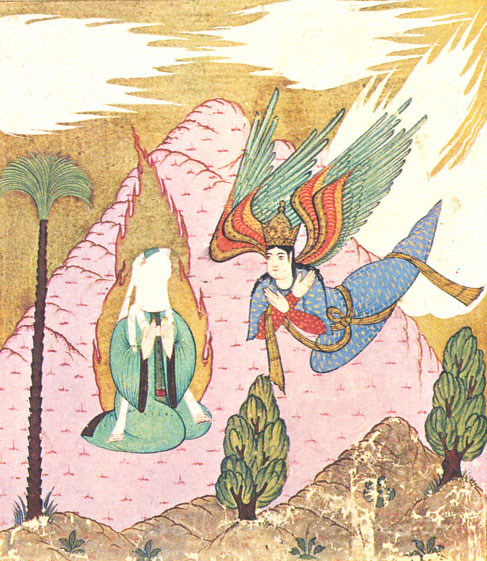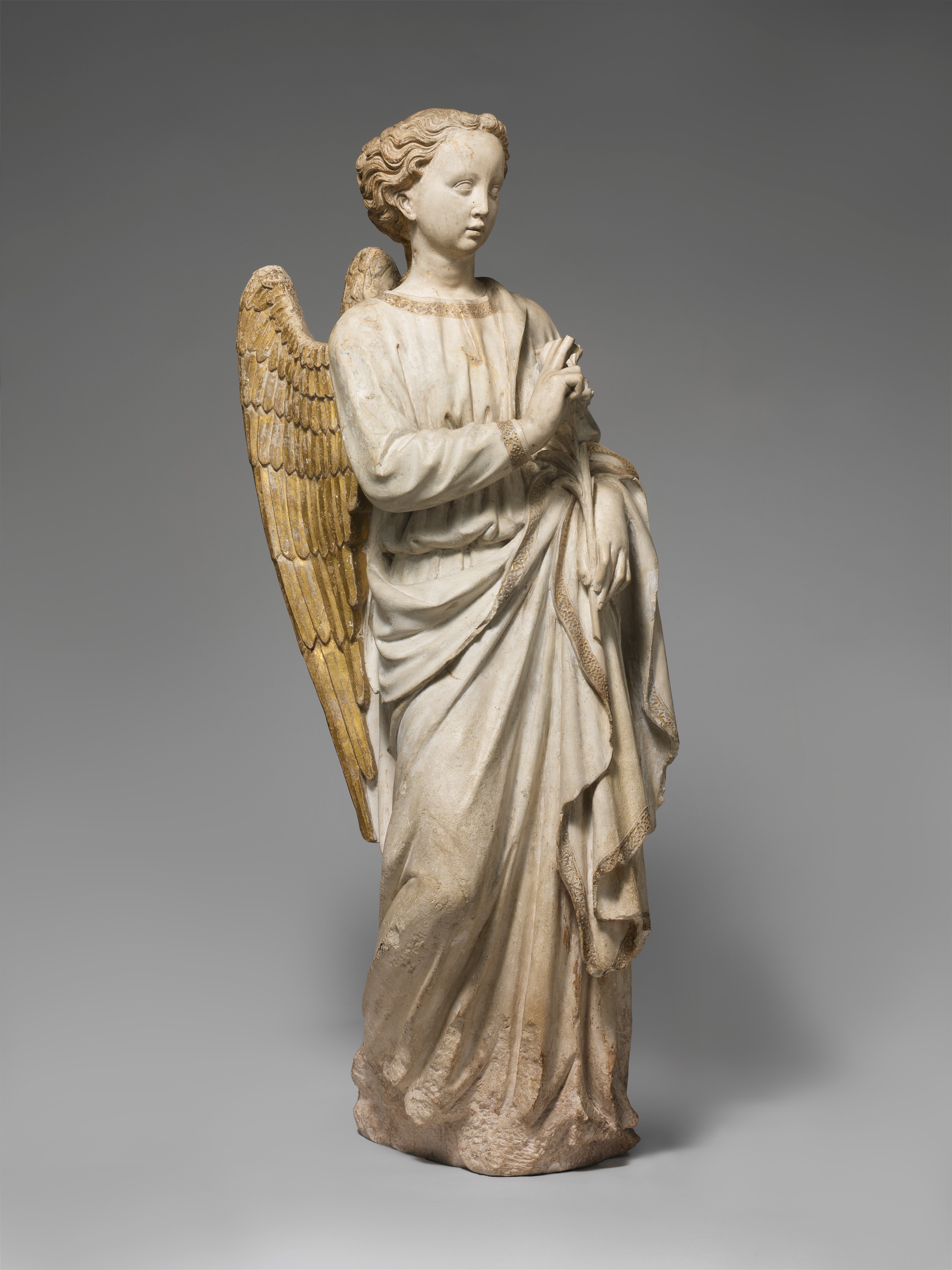|
Yesod
Yesod (Hebrew: יְסוֹד ''Yəsōḏ'', Tiberian: ''Yăsōḏ'', "foundation") is a sephirah or node in the kabbalistic Tree of Life, a system of Jewish philosophy. Yesod, located near the base of the Tree, is the sephirah below Hod and Netzach, and above Malkuth (the kingdom). It is seen as a vehicle allowing movement from one thing or condition to another (the power of connection). Yesod, Kabbalah, and the Tree of Life are Jewish concepts adopted by various philosophical systems including Christianity, New Age Eastern-based mysticism, and Western esoteric practices. Jewish Kabbalah According to Jewish Kabbalah, Yesod is the foundation upon which God has built the world. It also serves as a transmitter between the sephirot above, and the reality below. The light of the upper sephirot gather in Yesod and are channelled to Malkuth below. In this manner, Yesod is associated with the sexual organs. The masculine Yesod collects the vital forces of the sephirot above, and ... [...More Info...] [...Related Items...] OR: [Wikipedia] [Google] [Baidu] |
Hod (Kabbalah)
Hod (Hebrew ''Hōḏ,'' lit. 'majesty, splendour, glory') Apparently by aphaeresis from ''nehod'' from the root ''n-h-d'' "to lift oneself up, to become lofty". Gesenius, ''Hebrew Lexicon'' ( Strong'sbr>H1935. is the eighth sephira of the Kabbalistic Tree of Life. It is positioned on the left side of the tree beneath Gevurah (severity) and directly opposite Netzach (eternity). Hod is associated with qualities such as submission, humility, and intellectual rigor. It represents the capacity to comprehend and articulate divine truths, balancing the emotive and instinctual energies of Netzach. This balance is crucial for maintaining the flow of divine energy through the sefirot and manifesting it in the material world. Hod is also linked to the planet Mercury and the archangel Michael in Western esoteric traditions. Description Hod sits below Gevurah and across from Netzach in the tree of life; Yesod is to the south-east of Hod. It has four paths, which lead to Gev ... [...More Info...] [...Related Items...] OR: [Wikipedia] [Google] [Baidu] |
Tiferet
Tiferet ( ''Tip̄ʾereṯ,'' in pausa: תִּפְאָרֶת ''Tip̄ʾāreṯ'', lit. 'beauty, glory, adornment') alternatively Tifaret, Tiphareth, Tifereth or Tiphereth, is the sixth sefira in the kabbalistic Tree of Life. It has the common association of "Spirituality", "Balance", " Integration", "Beauty", "Miracles", and "Compassion". Description In the Bahir it states: "Sixth is the adorned, glorious, delightful throne of glory, the house of the world to come. Its place is engraved in wisdom as it says 'God said: Let there be light, and there was light.'" Arthur Green. ''A guide to the Zohar'' Tiferet is the force that integrates the sefira of Chesed ("Kindness") and Gevurah ("Strength", also called Din, "Judgement"). These two forces are, respectively, expansive (giving) and restrictive (receiving). Either of them without the other could not manifest the flow of Divine energy; they must be balanced in perfect proportion by balancing compassion with discipline. This balan ... [...More Info...] [...Related Items...] OR: [Wikipedia] [Google] [Baidu] |
Sephirot
Sefirot (; , plural of ), meaning '' emanations'', are the 10 attributes/emanations in Kabbalah, through which Ein Sof ("infinite space") reveals itself and continuously creates both the physical realm and the seder hishtalshelut (the chained descent of the metaphysical Four Worlds). The term is alternatively transliterated into English as ''sephirot/sephiroth'', singular ''sefira/sephirah''. As revelations of the creator's will (, ''rāṣon''), the sefirot should not be understood as ten gods, but rather as ten different channels through which the one God reveals His will. In later Jewish literature, the ten sefirot refer either to the ten manifestations of God; the ten powers or faculties of the soul; or the ten structural forces of nature. Alternative configurations of the sefirot are interpreted by various schools in the historical evolution of Kabbalah, with each articulating differing spiritual aspects. The tradition of enumerating 10 is stated in the ''Sefer Yetzirah ... [...More Info...] [...Related Items...] OR: [Wikipedia] [Google] [Baidu] |
Hermetic Qabalah
Hermetic Qabalah () is a Western esoteric tradition involving mysticism and the occult. It is the underlying philosophy and framework for magical societies such as the Hermetic Order of the Golden Dawn, has inspired esoteric Christian organizations such as the Societas Rosicruciana in Anglia, is a key element within the Thelemic orders, and is important to mystical-religious societies such as the Builders of the Adytum and the Fellowship of the Rosy Cross. Hermetic Qabalah arose from Christian Cabala, which itself was derived from Jewish Kabbalah, during the European Renaissance, becoming variously Esoteric Christian, non-Christian, or anti-Christian across its different schools in the modern era. It draws on a great many influences, most notably: Jewish Kabbalah, Western astrology, Alchemy, Pagan religions, especially Egyptian and Greco-Roman, Neoplatonism, Hermeticism, and the symbolism of the tarot. Hermetic Qabalah differs from the Jewish form in being a more syncret ... [...More Info...] [...Related Items...] OR: [Wikipedia] [Google] [Baidu] |
Gabriel
In the Abrahamic religions (Judaism, Christianity, Islam), Gabriel ( ) is an archangel with the power to announce God's will to mankind, as the messenger of God. He is mentioned in the Hebrew Bible, the New Testament and the Quran. Many Christian traditions – including Eastern Orthodoxy, Catholicism, Lutheranism, and Anglicanism – revere Gabriel as a saint. In the Hebrew Bible, Gabriel appears to the prophet Daniel (biblical figure), Daniel to explain his visions (Daniel 8:15–26, Daniel 9, 9:21–27). The archangel also appears in the Book of Enoch and other ancient Jewish writings not preserved in Hebrew. Alongside the archangel Michael (archangel), Michael, Gabriel is described as the guardian angel of the Israelites, people of History of ancient Israel and Judah, Israel, defending it against the angels of the other peoples. In the New Testament, the Gospel of Luke relates the Annunciation, in which the angel Gabriel appears to Zechariah (New Testament figur ... [...More Info...] [...Related Items...] OR: [Wikipedia] [Google] [Baidu] |
Malkuth
Malkuth (; "kingdom"; Ashkenazi: ''Malkhus'' ), Malkhut, Malkhuth, or Malchus, is the tenth of the sefirot in the Kabbalistic Tree of Life. Description In the ''Zohar'', an important Kabbalistic text from late al-Andalus, Malkuth sits at the bottom of the Tree of Life below Yesod and "governs the simple fact of existence in the physical world"; it is also known as Shekhinah. " e central teaching of the Zohar coalesced around an anthropomorphic model, in which the sefirot represent a cosmic anthropos. The lower sefirot, Malkhut, Yesod, Hod, and Nezah, constitute the most physical dimension of life, the nefesh." Unlike the other nine sephirot, it is an attribute of God which does not emanate from God directly. Rather it emanates from God's creation—when that creation reflects and evinces God's glory from within itself. In Western esotericism Malkuth means Kingdom. It is associated with the realm of matter/earth and relates to the physical world, the planets and the Solar ... [...More Info...] [...Related Items...] OR: [Wikipedia] [Google] [Baidu] |
Netzach
Netzach () is the seventh of the ten sefirot in the Jewish mystical system of Kabbalah. It is located beneath Chesed ('loving-kindness'), at the base of the "Pillar of Mercy" which also consists of Chokmah ('wisdom'). Netzach generally translates to 'eternity', and in the context of Kabbalah refers to 'victory' (literal meaning), 'perpetuity', or 'endurance'. Within the Sefiroth, Netzach sits geometrically across from Hod. Netzach is "endurance," the fortitude, and patience to follow through on passions. It is paired with Hod as the righteous attributes related to group interactivity, with Netzach being leadership, the ability to rally others to a cause and motivate them to act; while Hod is community, the ability to do the footwork needed to follow through on ideas and make them happen. Netzach is identified with the right (left leg or foot) when the tree of life is portrayed on the human form, while Hod is on the left (right leg or foot). The angelic order of Netzach is t ... [...More Info...] [...Related Items...] OR: [Wikipedia] [Google] [Baidu] |
Angel
An angel is a spiritual (without a physical body), heavenly, or supernatural being, usually humanoid with bird-like wings, often depicted as a messenger or intermediary between God (the transcendent) and humanity (the profane) in various traditions like the Abrahamic religions. Other roles include protectors and guides for humans, such as guardian angels and servants of God. In Western belief-systems the term is often used to distinguish benevolent from malevolent intermediary beings. Emphasizing the distance between God and mankind, revelation-based belief-systems require angels to bridge the gap between the earthly and the transcendent realm. Angels play a lesser role in monistic belief-systems, since the gap is non-existent. However, angelic beings might be conceived as aid to achieve a proper relationship with the divine. Abrahamic religions describe angelic hierarchies, which vary by religion and sect. Some angels have specific names (such as Gabriel or Mich ... [...More Info...] [...Related Items...] OR: [Wikipedia] [Google] [Baidu] |
Qlippoth
In the ''Zohar'', Lurianic Kabbalah, and Hermetic Qabalah, the ''qlippoth'' (, originally , plural of ''qəlippā''; literally "peels", "shells", or "husks"), are the representation of evil or impure spiritual forces in Jewish mysticism, the opposites of the sefirot. The realm of evil is called ''Sitra Achra'' () in Kabbalistic texts. In the Zohar The qlippoth are first mentioned in the ''Zohar'', where they are described as being created by God to function as a nutshell for holiness. The text subsequently relays an esoteric interpretation of the text of Genesis creation narrative in Genesis 1:14, which describes God creating the moon and sun to act as "luminaries" in the sky. The verse "Let there be luminaries ( ''məʾoroṯ'')," uses a defective spelling of the Hebrew plural form for "luminous body, light source" (), resulting in a written form identical to the Hebrew word for "curses." In the context of the ''Zohar'', interpreting the verse as calling the moon and sun " ... [...More Info...] [...Related Items...] OR: [Wikipedia] [Google] [Baidu] |
Dion Fortune
Dion Fortune (born Violet Mary Firth, 6 December 1890 – 6 or 8 January 1946) was a British occultist, ceremonial magician, and writer. She was a co-founder of the Fraternity of the Inner Light, an occult organisation that promoted philosophies which she claimed had been taught to her by spiritual entities known as the Ascended master, Ascended Masters. A prolific writer, she produced a large number of articles and books on her occult ideas and also authored seven novels, several of which expound occult themes. Fortune was born in Llandudno, Caernarfonshire, North Wales, to a wealthy upper middle-class English family, although little is known of her early life. By her teenage years she was living in England's West Country, where she wrote two books of poetry. After time spent at a horticultural college she began studying psychology and psychoanalysis at the University of London before working as a counsellor in a psychotherapy clinic. During the First World War she joined t ... [...More Info...] [...Related Items...] OR: [Wikipedia] [Google] [Baidu] |
Kabbalistic Words And Phrases
Kabbalah or Qabalah ( ; , ; ) is an esoteric method, discipline and school of thought in Jewish mysticism. It forms the foundation of Mysticism, mystical religious interpretations within Judaism. A traditional Kabbalist is called a Mekubbal (). List of Jewish Kabbalists, Jewish Kabbalists originally developed transmissions of the primary texts of Kabbalah within the realm of Jewish tradition and often use classical Jewish scriptures to explain and demonstrate its mystical teachings. Kabbalists hold these teachings to define the inner meaning of both the Hebrew Bible and traditional rabbinic literature and their formerly concealed transmitted dimension, as well as to explain the significance of Jewish religious observances. Historically, Kabbalah emerged from earlier forms of Jewish mysticism, in 12th- to 13th-century Golden age of Jewish culture in Spain, al-Andalus (Spain) and in Hakhmei Provence, and was reinterpreted during the Jewish mystical renaissance in 16th-century ... [...More Info...] [...Related Items...] OR: [Wikipedia] [Google] [Baidu] |



